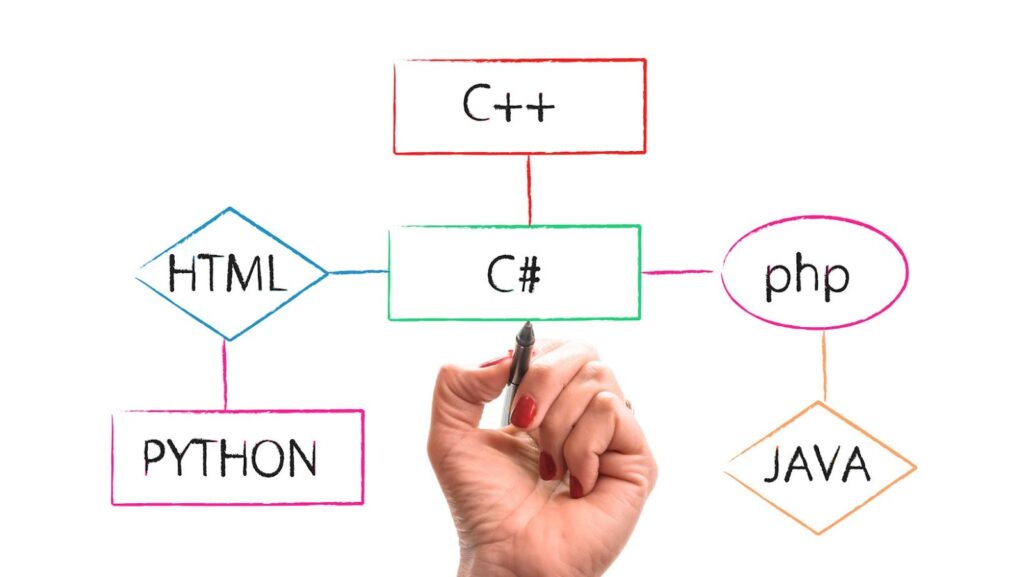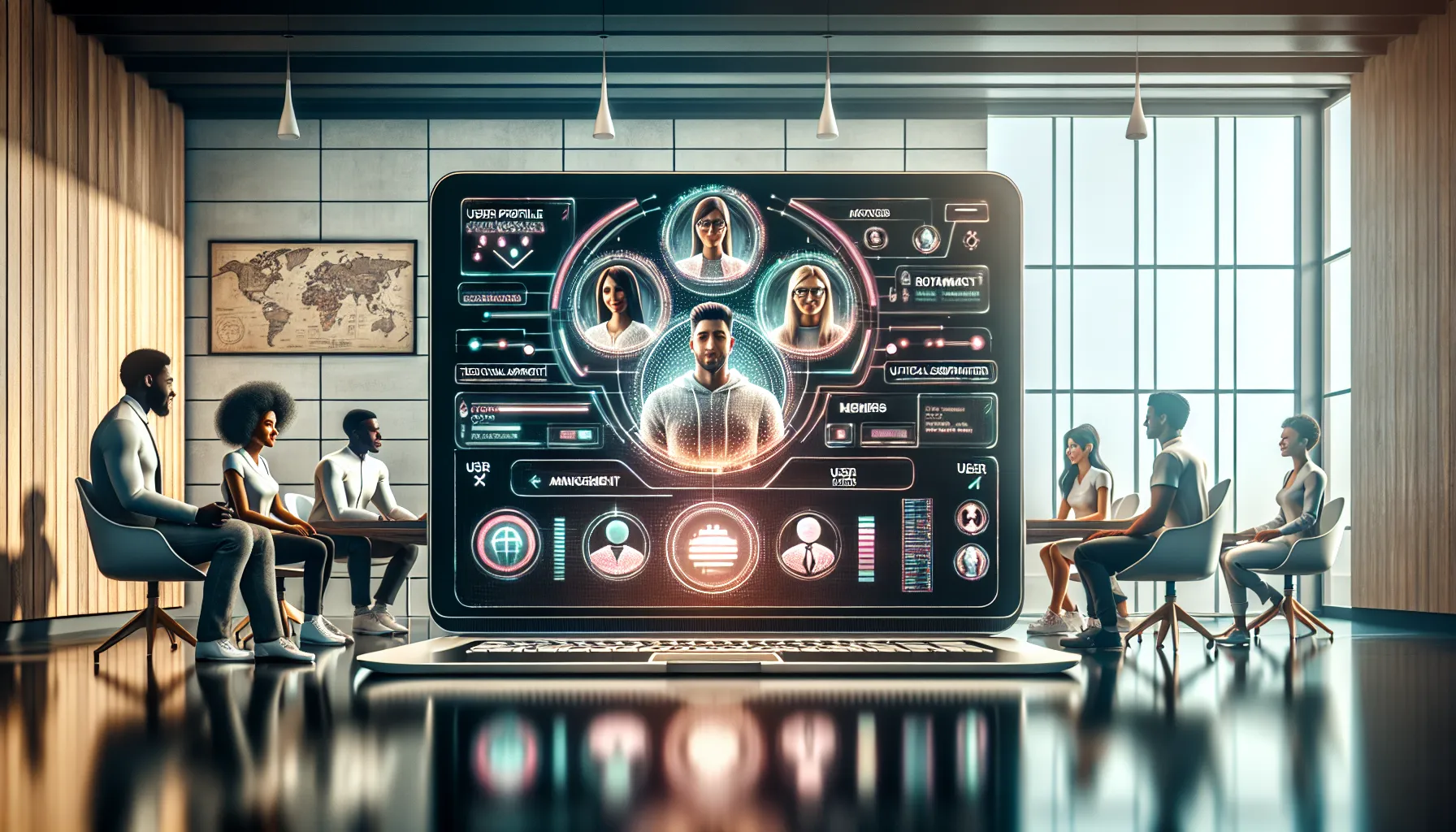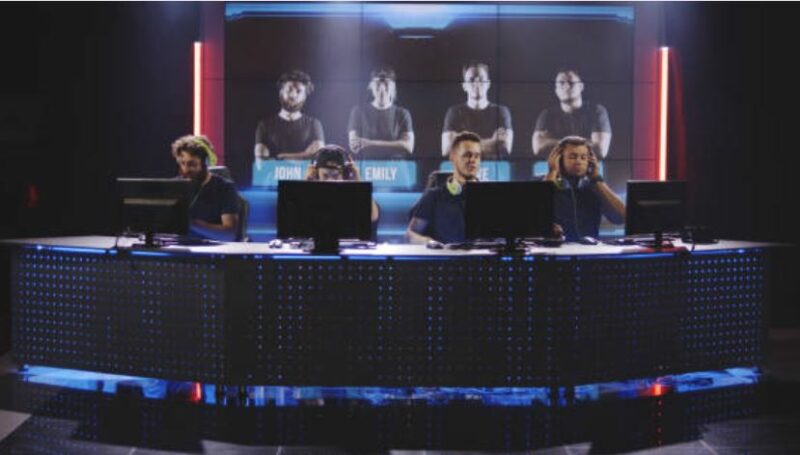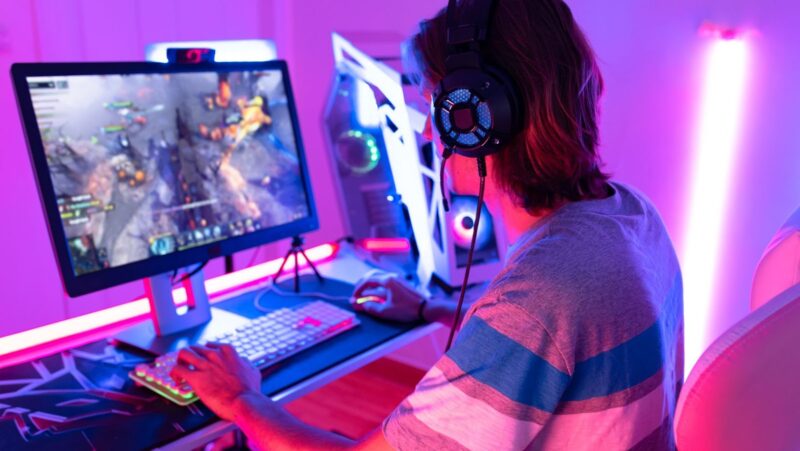
It is always a good idea to keep your Python packages up to date. Not only will this help you avoid potential security risks, but it can also lead to better performance and new features. Fortunately, updating Python packages is usually a simple process.
There are a few different ways to update Python packages. The most common is to use a package manager like pip or easy_install. These tools will automatically download, install, and upgrade your packages for you. If you’re using a Debian-based Linux distribution (like Ubuntu), you can also use the apt package manager. This tool can be used to install, update, and remove Python packages. Finally, if you want more control over the process, you can manually download the latest versions of your packages and install them yourself. This is generally not recommended, as it can be time-consuming and error-prone. No matter which method you choose, keeping your Python packages up to date is a good way to ensure that your software is secure and efficient.
what python creator guido rossum rust
Guido van Rossum, the creator of the Python programming language, has announced that he is stepping down from his role as Python’s Benevolent Dictator For Life (BDFL). Van Rossum made the announcement in a message posted to the Python mailing list on July 12. In the message, van Rossum said that he was “winding down” his involvement with Python and would not be accepting any more major features or changes to the language. He also said that he would be leaving his role as BDFL “sometime in the next year.”
Van Rossum has been the BDFL of Python since the language was created in 1991. As BDFL, he has been the final arbiter of what goes into the Python language and standard library. He has also been a key figure in the development of the Python community, helping to founding the Python Software Foundation and serving as its president for many years.
How do I update python
The easiest way to update Python is to use a package manager like pip or easy_install. These tools will automatically download, install, and upgrade your packages for you. If you’re using a Debian-based Linux distribution (like Ubuntu), you can also use the apt package manager. This tool can be used to install, update, and remove Python packages. Finally, if you want more control over the process, you can manually download the latest versions of your packages and install them yourself. This is generally not recommended, as it can be time-consuming and error-prone. No matter which method you choose, keeping your Python packages up to date is a good way to ensure that your software is secure and efficient.
What is the difference between Python 2 and 3
Python 2 and Python 3 are two major releases of the Python programming language. Python 2 was released in 2000, and Python 3 was released in 2008. The two versions are not compatible, so if you’re using Python 2, you will need to install Python 3 separately. Python 3 includes a number of improvements over Python 2, including better Unicode support, more consistent syntax, and improved organization of the standard library.












